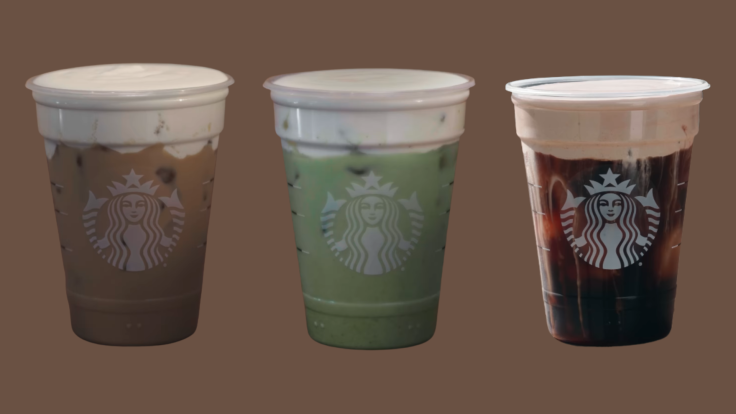Starbucks Protein Coffee: Is It Worth It? Why Health Gurus Say You're 'Tripping Over Dollars to Pick Up Pennies'
Nutrition experts question Starbucks' protein coffee, warning it may not deliver the benefits customers expect.

Starbucks has jumped into the protein market with new coffee drinks boasting as much as 36 grams of protein per serving.
Launched on 29 September 2025, in the US and Canada to coincide with National Coffee Day, the chain's Protein Lattes and Protein Cold Foam are pitched as a convenient way to combine caffeine with a nutritional boost. However, health experts caution that the drinks may come with hidden trade-offs in terms of sugar, calories, and price.
Starbucks Bets on Protein Craze
Protein has become one of the most sought-after nutrients among consumers. According to a 2025 IFIC survey, around 70% of Americans actively prioritise daily protein intake. Starbucks aims to capitalise on this trend by making protein-enriched coffee a permanent menu staple.
The company has added Protein Cold Foam as a topping option, contributing around 15 grams of protein per drink, and Protein Lattes blended with whey protein, offering between 27 and 36 grams per grande.
Starbucks emphasises that these totals rival those of traditional protein shakes, positioning the drinks as a dual-purpose fuel for busy, health-conscious customers.
What's Really Inside the Drinks
The Protein Cold Foam topping contributes approximately 15 grams of protein, increasing totals to around 19–26 grams when paired with iced drinks, such as cold brew.
The Protein Lattes feature 2% milk blended with whey protein, delivering 27 to 36 grams of protein per grande serving. Starbucks highlights these figures as comparable to protein shakes, giving customers the option to combine their morning caffeine with a macro boost.
Health Experts Warn of Sugar Trap
Nutritionists are less enthusiastic. While protein supports muscle repair and satiety, experts point to the sugar content of Starbucks' flavoured versions. EatingWell reports that excess added sugar can offset potential health benefits, particularly for regular drinkers.
Dietitians also note that affordable, lower-sugar alternatives—such as eggs, Greek yogurt, or legumes—remain superior sources of protein. Critics argue the new line is more about marketing than nutrition, likening it to 'tripping over dollars to pick up pennies', with customers paying more in sugar and money for a modest gain.
Why Starbucks Thinks It Can Win
Despite the concerns, Starbucks is targeting a strong trend. A 2025 IFIC survey found that 70% of Americans make an effort to include protein in their daily diet, making it one of the most emphasised nutrients. The company also hopes to capture the energy of the 'proffee' trend, which has gained traction on social media and in fitness circles.
CEO Brian Niccol and Starbucks' product innovation teams view the launch as part of a broader turnaround strategy, aiming to strike a balance between indulgence and functional benefits.
What Comes Next
The rollout is limited to North America, with no global expansion announced. Analysts say Starbucks will need to monitor consumer reception closely. Factors such as taste, texture, sugar levels, and cost will determine whether protein coffee becomes a staple or a fad.
Observers will track customer reviews, nutrition comparisons, and the company's marketing focus. If the drinks strike the right balance, they could attract health-conscious consumers looking for convenience. But if seen as overpriced or too sweet, the line may struggle to gain traction.
For now, Starbucks' protein experiment raises a simple question: can a morning latte double as a reliable protein boost? The answer may depend on what else is in the cup.
© Copyright IBTimes 2025. All rights reserved.




















